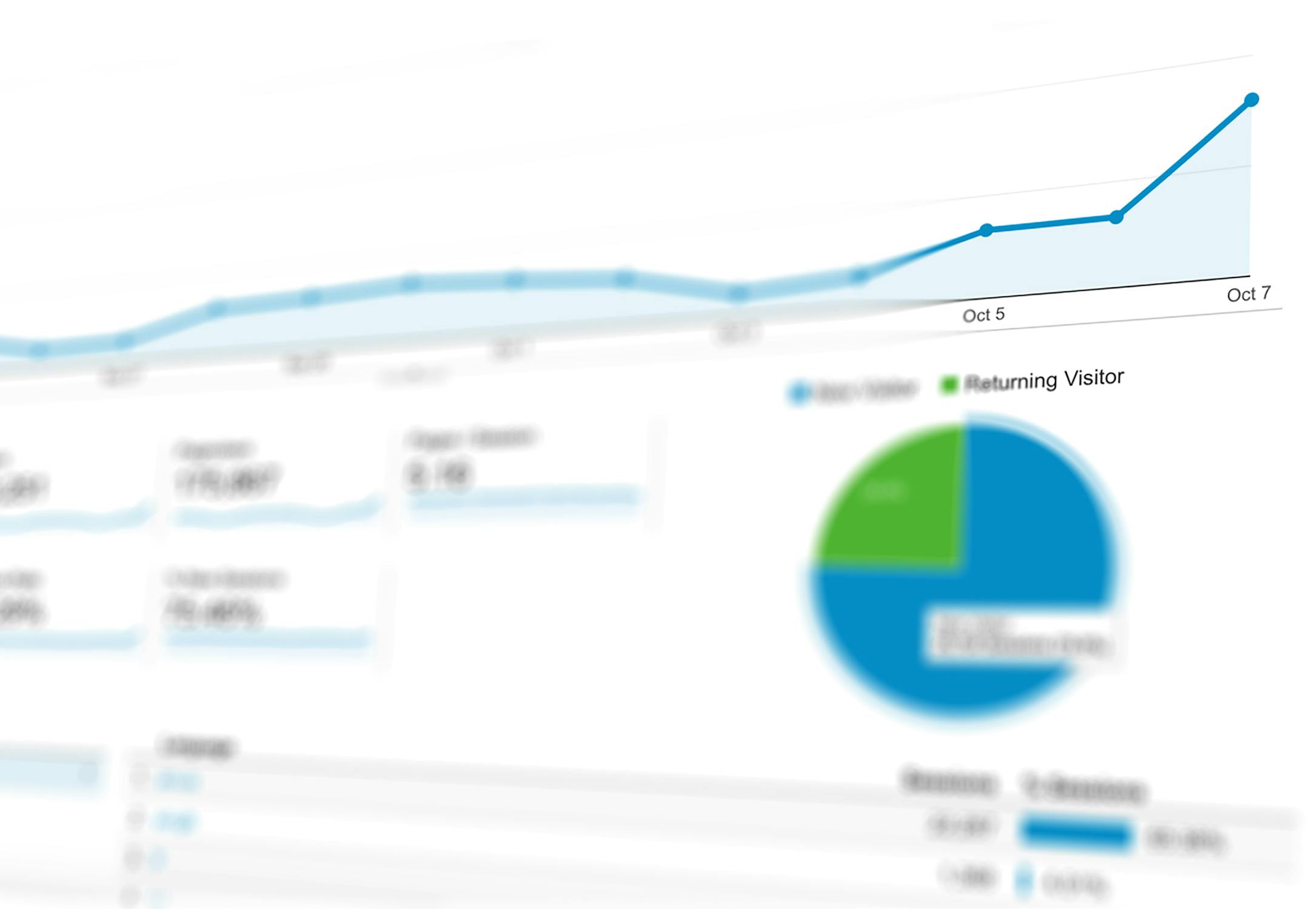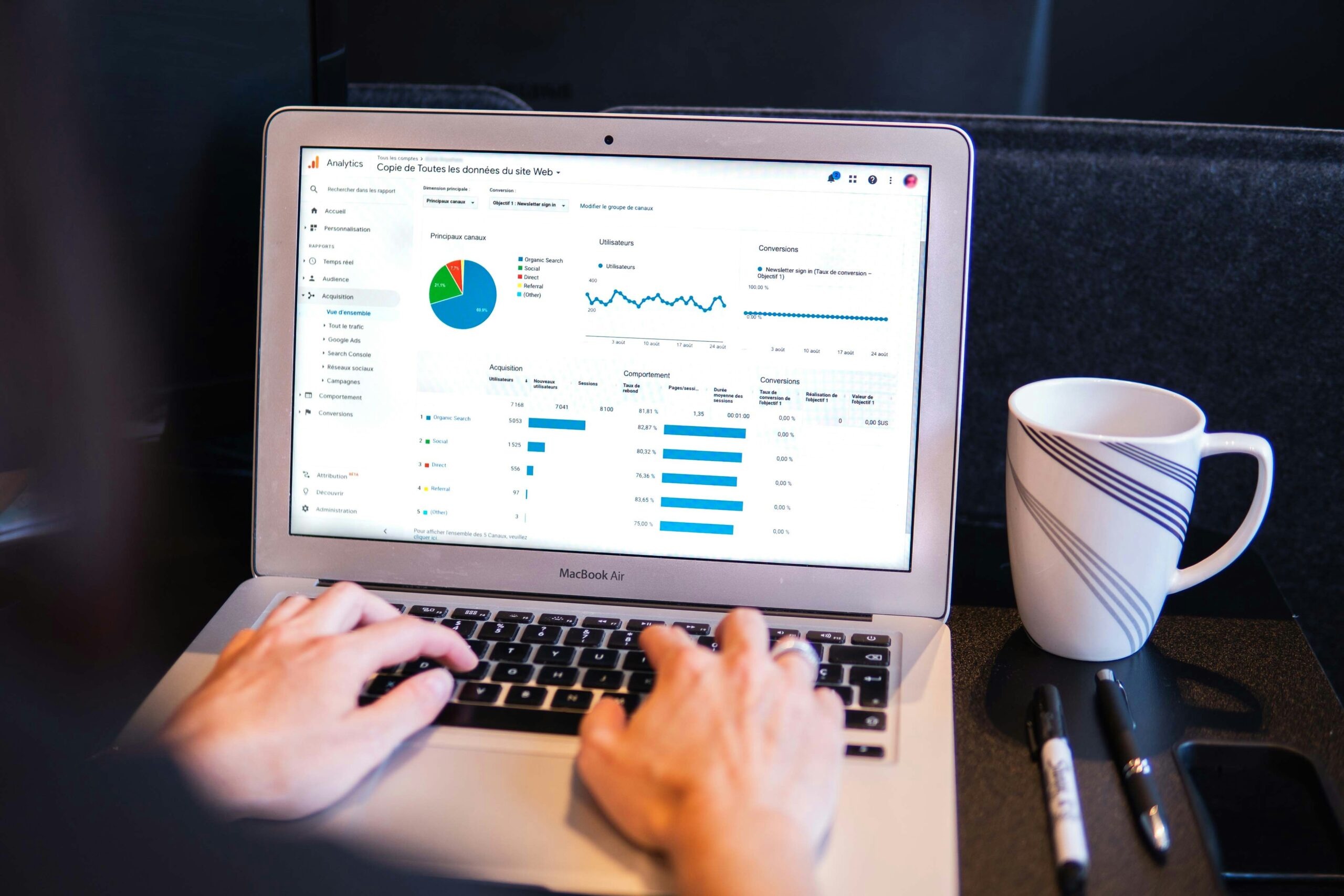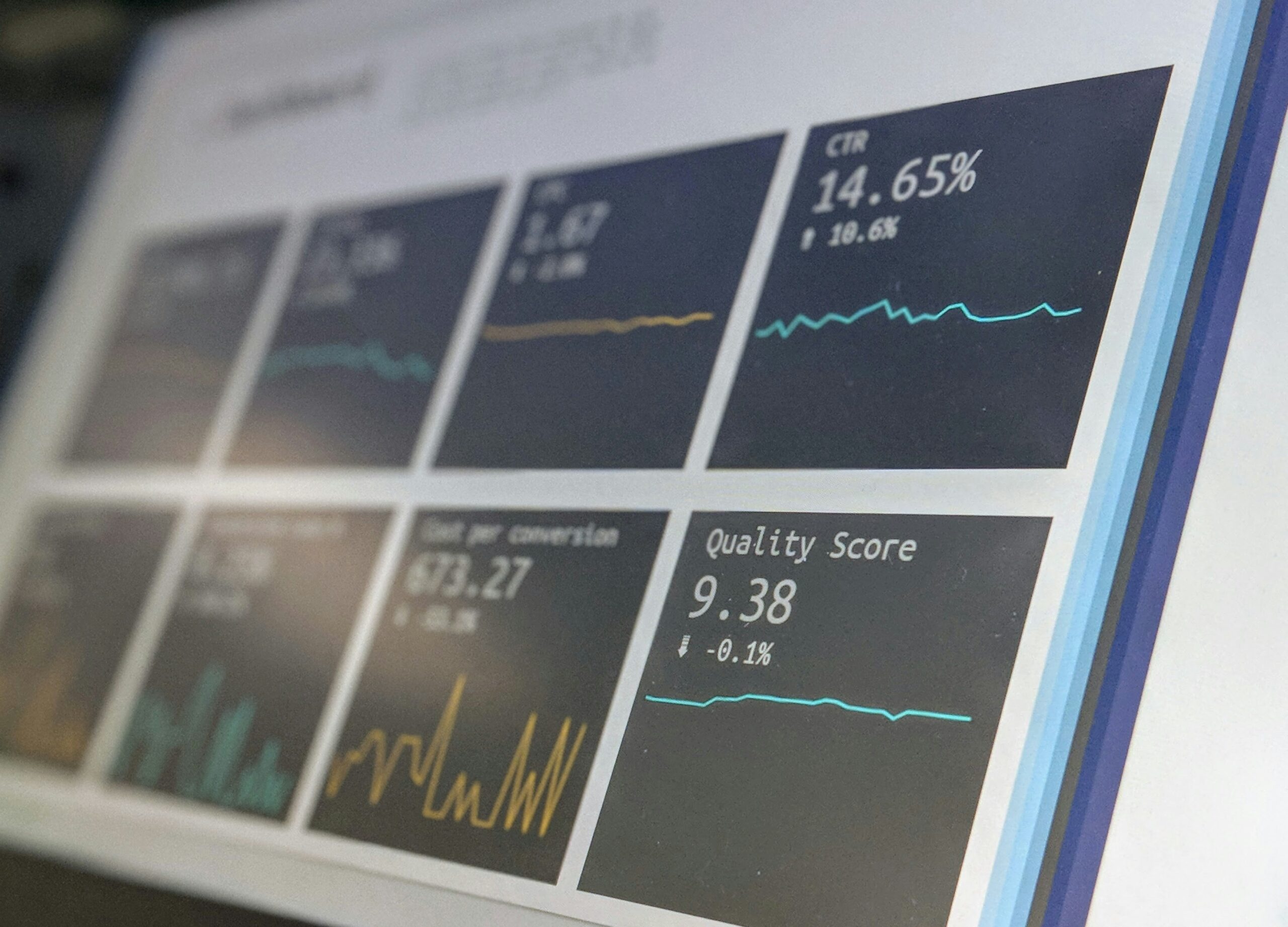In today’s highly competitive digital marketplace, businesses are constantly seeking innovative ways to not only retain their current customers but also attract new ones. One of the most effective methods is through robust loyalty marketing strategies. Loyalty marketing goes beyond traditional advertising by tapping into the emotional and financial investments that customers make with a brand. It creates a cycle where existing customer satisfaction fuels word-of-mouth referrals and positive social media buzz, both powerful drivers for acquiring new customers. By nurturing long-term relationships through rewards, personalized experiences, and exclusive offers, brands can lower customer acquisition costs while increasing lifetime value.
This article explores how a well-designed loyalty program acts as a magnet for first-time buyers. It examines ways companies can leverage customer data to attract new prospects, enhance user experience, and reduce churn rates. Emphasizing research-backed techniques and actionable strategies, this guide outlines how integrating loyalty initiatives with overall customer acquisition campaigns can generate measurable returns. The discussion includes examples from digital marketing practices that highlight the synergy between retention efforts and new customer growth.
Furthermore, the article details how innovations in loyalty programs—such as gamification, tiered rewards, and referral systems—can create engaging customer journeys. By combining data insights with creative reward structures, brands are well positioned to expand their customer base sustainably. This approach encourages immediate purchases and builds a network of brand advocates whose genuine endorsements serve as credible marketing tools. As a result, companies benefit from a compounded growth effect where loyal customers drive referrals that lead to further acquisitions.
With customer experience and personalization taking center stage, loyalty programs have evolved from simple punch cards to sophisticated platforms integrated with mobile apps, email campaigns, and social media touchpoints. This robust ecosystem ensures that every interaction counts, nurturing each new customer from the very first contact. The following sections explain in detail how each element of a loyalty marketing strategy contributes to customer acquisition and long-term profitability.
Key Takeaways
- Loyalty marketing leverages satisfied customer relationships to drive growth and reduce acquisition costs.
- Effective loyalty programs include personalized rewards, gamified experiences, and exclusive benefits that attract and convert first-time buyers.
- Integrating loyalty data into marketing campaigns enables precise segmentation and targeted messaging.
- Strategic alliances and referral programs amplify loyalty initiatives through increased brand visibility and organic growth.
Understanding How Loyalty Marketing Fuels New Customer Growth

Loyalty marketing fosters new customer growth by capitalizing on the advocacy of existing customers. Customer acquisition through loyalty marketing is a strategic process that unlocks new segments using the positive sentiment of loyal patrons. Satisfied customers act as influencers by offering testimonials, sharing experiences on digital platforms, and referring friends and family, all of which organically promote the brand.
Defining Customer Acquisition Through Loyalty Marketing
Acquiring new customers via loyalty marketing involves leveraging satisfied customers to spread positive word of mouth. This strategy uses methods such as referral discounts, exclusive first-time bonuses, and rewards for social sharing. This direct connection between customer satisfaction and acquisition efforts helps lower customer acquisition costs (CAC) while improving overall return on investment. For example, a coupon offered for referring a friend benefits both the referrer and the new customer, creating an immediate incentive that drives sales.
The Connection Between Existing Customer Satisfaction and New Prospect Attraction
Happy customers naturally share positive experiences with their networks, creating an exponential effect where each satisfied customer influences several potential buyers. Positive online reviews and testimonials, bolstered by excellent customer service, further build trust for new prospects. Many digital marketing studies show that consumers are more inclined to buy from a brand when they see recommendations from trusted peers, easing the process of acquiring new customers.
Why Loyalty Programs Act as a Magnet for First-Time Buyers
Loyalty programs attract first-time buyers by offering immediate value propositions that go beyond traditional marketing offers. Benefits such as sign-up discounts and initial rewards encourage trial purchases at lower costs. By integrating tangible incentives into the program structure, companies effectively convert interest into action. These incentives are especially appealing when communicated through targeted digital marketing channels—email, social media, and online ads—fostering trust and laying the foundation for long-term relationships.
Differentiating Loyalty-Driven Acquisition From Standard Marketing Tactics
Loyalty-driven acquisition differs from standard tactics because it avoids heavy advertising spend in favor of relationship-based growth. While traditional methods rely on broad promotions, loyalty-focused approaches emphasize personalized interactions and proven satisfaction metrics. This method uses customer behavior data to tailor offers that resonate with potential buyers who share traits with high-value clients. Ultimately, loyalty-driven acquisition is both sustainable and cost-effective, harnessing the natural influence of a satisfied customer base.
Designing Loyalty Programs That Attract and Acquire New Customers

Designing an effective loyalty program requires a blend of creativity and data analysis. Programs must reward existing customer loyalty and serve as an incentive for new customers to try the brand. They should be structured to highlight value from sign-up while continuously building engagement over time.
Crafting Compelling Sign-Up Incentives Within Your Loyalty Framework
The first step is to design irresistible sign-up incentives. This includes offering immediate benefits like discount codes, bonus reward points, or free giveaways exclusively for new members. Incentives should be clear and focused, with research indicating that easy-to-understand sign-up offers can boost registration by up to 35%. These rewards introduce potential customers to the broader value of the loyalty program, encouraging continued engagement beyond the initial sign-up.
Structuring Tiered Rewards to Encourage Initial Participation and Sign-Ups
A tiered reward structure creates clear benchmarks for success. It benefits both initial registration and ongoing engagement. For new sign-ups, a low-barrier entry reward may be offered immediately, while higher, exclusive rewards are reserved for customers who interact regularly with the brand. For example, a basic level might offer a 10% discount on the next purchase, whereas a higher tier could provide early access to sales or free shipping. Such tiered systems foster a sense of accomplishment and encourage deeper brand engagement.
Building Gamified Elements Into Loyalty Schemes to Draw in New Users
Integrating gamification into loyalty schemes can boost participation and engagement. By adding challenges, progress bars, achievement badges, and leaderboards, brands transform routine reward systems into exciting experiences. Gamification not only improves user experience but also creates an emotional connection with the brand. Studies indicate that gamified programs can boost engagement by up to 60%, as new customers are drawn by the fun and competitive elements that lower perceived risks.
Offering Exclusive First-Access Benefits for New Loyalty Program Members
Exclusive first-access benefits are key to attracting new customers. These benefits might include early product releases, members-only events, priority access to limited-edition items, or discounts unavailable to the general public. Such exclusive perks signal that the brand values its new customers and rewards their decision to join. When granted early access to special promotions, new members feel privileged and more connected.
Personalizing Initial Loyalty Offers to Appeal to Untapped Customer Segments
Personalization transforms a generic loyalty program into a competitive acquisition tool. By collecting data at sign-up and using predictive analytics, brands can offer tailored loyalty incentives that match individual preferences. For instance, customers interested in eco-friendly products might receive customized recommendations and bonus points for related purchases. This personalized approach not only increases conversion rates but also makes customers feel recognized and valued, effectively reaching untapped market segments.
Transforming Current Loyal Customers Into Advocates for New Customer Acquisition

Turning loyal customers into brand advocates further amplifies customer acquisition through word-of-mouth. Satisfied customers not only make repeat purchases but also become trusted sources of referrals for potential buyers. Incentivizing advocacy creates a network effect that systematically drives new customer growth.
Implementing Rewarding Referral Systems Within Your Loyalty Structure
Referral systems offering rewards to both the referrer and the referee are essential for transforming loyal customers into advocates. These systems provide tangible benefits, such as discounts, bonus loyalty points, or free gifts when a referral leads to a purchase. Such programs have been shown to lower acquisition costs significantly, with many cases contributing to a 20–30% increase in new registrations thanks to the combined influence of loyalty incentives and trusted personal referrals.
Motivating Social Sharing of Loyalty Benefits to Broaden Your Reach
Encouraging customers to share their positive experiences on social media extends brand reach significantly. By including social sharing options like incentivized buttons or hashtag campaigns within the loyalty program, brands can generate organic content that expands their audience. Social sharing not only builds awareness but also reinforces the program’s credibility, increasing referral traffic and fostering an engaged online community that continuously attracts new customers.
Highlighting Stories From Devoted Patrons to Build Credibility With Potential Customers
Customer testimonials and success stories serve as powerful tools to showcase the value of a loyalty program. Sharing real-life experiences from long-term customers builds social proof and reinforces the brand’s trustworthiness. Featuring these stories through video testimonials, blog posts, or social media spotlights highlights relatable narratives and quantifiable benefits—such as cost savings and enhanced service—persuading new prospects to join the program.
Developing Shareable Content Centered on Loyalty Program Advantages
Creating content that clearly outlines loyalty program benefits is an effective way to attract new customers. Whether through infographics, blog posts, short videos, or interactive pages, shareable content educates potential customers on the program’s value proposition and increases its likelihood of being shared widely. As more customers endorse the program to their networks, the brand enjoys additional organic growth and strengthened public image.
Recognizing and Rewarding Advocacy That Results in New Customer Registrations
Publicly recognizing and rewarding customer advocacy is essential for sustaining a vibrant loyalty ecosystem. Shout-outs, badges, or personalized messages that acknowledge referrals encourage more customers to recommend the brand. Additional rewards—such as bonus points or exclusive offers—for successful referrals further stimulate advocacy, creating a mutually beneficial cycle that results in sustained increases in new customer registrations.
Applying Loyalty Data for Precision-Targeted Customer Acquisition Strategies

Leveraging loyalty program data is critical for crafting precision-targeted customer acquisition campaigns. By analyzing purchase histories, engagement levels, and demographic details, marketers can develop highly specific buyer personas and tailor messages that resonate on a personal level. This data-driven approach minimizes wasteful spending and ensures campaigns focus on the most promising leads.
Pinpointing Lookalike Audiences Derived From Your Core Loyal Customer Base
Using loyalty data to identify lookalike audiences is one of digital marketing’s most effective strategies. By analyzing the traits of your best customers, you can find new prospects who share similar behaviors, interests, and demographics. This technique often improves conversion rates significantly, as new customers mirror the successful patterns of loyal clientele. Advanced analytics tools help segment data and integrate insights into targeted social media and digital advertising campaigns.
Predicting Potential Customer Preferences Using Loyal Customer Purchase Histories
Analyzing purchase history provides rich insights for predicting future customer behavior. By studying trends among loyal customers, marketers can forecast which products or services will interest new prospects. For example, if data shows that eco-friendly products engage loyal customers, similar potential buyers can receive customized messaging emphasizing sustainability. This predictive method ensures acquisition messaging is relevant and tailored to prospective buyers’ needs.
Customizing Acquisition Messaging With Learnings From Loyalty Program Activity
Insights gathered from loyalty program activity allow marketers to refine their acquisition messages. Highlighting benefits that have proven successful with existing customers—such as specific rewards or incentives—can be emphasized in campaigns targeting new customers. Customized messaging that draws on proven loyalty metrics helps address specific desires and pain points, thereby increasing overall engagement and conversion.
Segmenting Untapped Markets Based on Their Likelihood to Engage With Loyalty Offers
Not every market segment responds similarly to loyalty programs. Detailed analysis helps identify untapped segments that are likely to embrace loyalty incentives when introduced. These segments might include niche demographics or regions previously under-targeted by the brand. By crafting targeted approaches for these segments, businesses can expand their customer base while ensuring high relevance and engagement, minimizing wasted ad spend.
Sharpening Advertising Focus Using Information From Engaged Loyalty Members
Data from highly engaged loyalty members—such as engagement frequency, reward redemption rates, and customer lifetime value—provides concrete markers to optimize ad placements and messaging. Brands that adjust advertising strategies based on live loyalty data achieve more agile and effective campaigns. This dynamic approach results in a lower customer acquisition cost (CAC) and higher conversion rates among new leads reached through targeted efforts.
Merging Loyalty Initiatives With Overall Customer Acquisition Campaigns

Integrating loyalty initiatives with broader customer acquisition campaigns creates a continuous, multifaceted marketing effort. When loyalty programs and acquisition strategies are aligned, every customer interaction reinforces brand value. By maintaining coherent messaging across all channels, companies emphasize both initial sign-up rewards and long-term benefits, guiding potential customers from first awareness to full membership.
Harmonizing Loyalty Program Communications With Your Brand’s Acquisition Narratives
Aligning communication strategies ensures every message reflects the core values and benefits of the loyalty program. Marketing materials—whether from email campaigns, landing pages, or social posts—should consistently present the same value proposition. This unified narrative explains how loyalty rewards benefit existing members and lay a strong foundation for converting new customers, fostering higher trust and brand integrity.
Showcasing Loyalty Program Perks Across All Initial Customer Interaction Points
It is crucial to highlight loyalty program perks at every customer touchpoint. Promotional landing pages, video testimonials, and in-store displays should prominently feature exclusive benefits such as early product access, bonus discounts, or special event invitations. This consistent visibility accelerates the conversion process by enabling new prospects to immediately recognize the tangible benefits of loyalty membership.
Pairing Loyalty Rewards With Paid Media for Stronger Acquisition Outcomes
Integrating loyalty rewards into paid media campaigns can significantly boost acquisition outcomes. Dual-offer ads that combine an immediate discount with bonus loyalty points engage potential customers more effectively. This pairing not only enhances ad relevance but also improves click-through rates by offering a clear call-to-action that drives enrollment and participation in the loyalty program.
Positioning Loyalty Program Enrollment as an Effective Lead Capture Mechanism
Positioning loyalty program enrollment as a key step in the customer journey transforms casual visits into meaningful relationships. By emphasizing the low barrier to entry and high immediate rewards—such as discounts, exclusive content, or early access—brands encourage prospects to share their contact information and engage further. Digital ads, landing pages, and email sign-up forms that highlight these benefits help reduce onboarding friction and convert visitors into qualified leads.
Forming Strategic Alliances for Joint Loyalty Benefits to Attract New Clientele
Creating partnerships with complementary brands can enhance a loyalty program’s appeal. Joint promotions where customers receive overlapping discounts or shared rewards introduce the brand to new audiences and position the loyalty program within a broader ecosystem. For instance, a retail brand partnering with a popular mobile app to offer exclusive in-app rewards creates added value that attracts diverse customer segments and drives new registrations.
Gauging the Effectiveness of Loyalty Marketing in Gaining New Customers

Evaluating the impact of loyalty marketing on new customer acquisition is essential for refining strategies. Key performance indicators (KPIs) like customer acquisition cost (CAC), conversion rates, and extended customer lifetime value deliver actionable insights for budget allocation and strategy adjustments. In today’s data-rich environment, advanced analytics are crucial for tracking the relationship between loyalty initiatives and new customer growth.
Monitoring New Customer Registrations Directly Linked to Loyalty Program Activities
One of the most effective metrics is the number of new customer registrations directly attributable to loyalty program initiatives. By using tracking URLs, unique coupon codes, or referral links, brands can determine which aspects of the program are driving traffic and conversions. This quantitative data forms a feedback loop to refine strategies and allocate resources effectively.
Calculating the Cost to Acquire Customers (CAC) Specifically Through Loyalty Efforts
Calculating CAC for loyalty initiatives involves analyzing total spending on rewards, promotions, and associated communications, then dividing that by the number of new customers acquired. A lower CAC indicates an efficient loyalty channel, and detailed breakdowns help marketers optimize expenditure and improve overall efficiency.
Examining the Conversion Success of Prospects Introduced to Loyalty Incentives
Conversion success is a crucial metric that evaluates the effectiveness of loyalty incentives in converting prospects into paying customers. By analyzing conversion rates—from initial sign-up through redemption of rewards to full purchase—marketers can identify the most persuasive elements of the program and use A/B testing to continuously improve acquisition strategies.
Observing the Influence of Loyalty Programs on the General Rate of New Customer Increase
Beyond individual metrics, tracking overall new customer trends before and after implementing advanced loyalty initiatives helps assess the program’s broader impact. A sustained increase in new customer acquisition indicates a positive contribution to the brand’s reputation and a cascading effect on referrals and community building.
Evaluating the Extended Worth of Customers Brought in via Loyalty-Focused Strategies
Measuring the lifetime value (LTV) of customers acquired through loyalty marketing is vital for assessing long-term effectiveness. Extended customer worth considers repeat purchases, referral behaviors, and ongoing engagement. Comparing LTV metrics for loyalty-driven customers against those from traditional channels underscores the added value of integrated loyalty marketing and informs future strategic investments.
Merging Loyalty Initiatives With Overall Customer Acquisition Campaigns

Integrating loyalty initiatives with broader customer acquisition efforts is central to a holistic growth strategy. A well-synchronized campaign strengthens each customer interaction by combining direct loyalty incentives with the overall brand narrative, ensuring a seamless journey from awareness to membership.
Harmonizing Loyalty Program Communications With Your Brand’s Acquisition Narratives
A consistent narrative across all customer touchpoints is key. Aligning loyalty program communications with broader acquisition messages—via email, landing pages, and social media—reinforces the value of loyalty rewards and aids in converting new prospects into long-term customers. This clarity and uniformity build trust and strengthen brand integrity.
Showcasing Loyalty Program Perks Across All Initial Customer Interaction Points
Highlighting exclusive loyalty perks on every engagement platform is essential. Whether through digital landing pages, social media videos, or in-store promotions, showcasing benefits like early access, bonus discounts, and exclusive events accelerates the conversion process by clearly communicating the tangible advantages of joining the loyalty program.
Pairing Loyalty Rewards With Paid Media for Stronger Acquisition Outcomes
Integrating loyalty rewards into paid media campaigns enhances their impact. Ads that offer both an immediate discount and long-term loyalty points capture attention and provide a clear incentive for potential customers to enroll, thereby improving click-through and conversion rates.
Positioning Loyalty Program Enrollment as an Effective Lead Capture Mechanism
Emphasizing loyalty program enrollment as a key part of the customer journey transforms casual visitors into engaged leads. By highlighting immediate rewards and exclusive benefits on digital ads, landing pages, and forms, brands reduce friction and encourage prospects to provide their information and become loyal customers.
Forming Strategic Alliances for Joint Loyalty Benefits to Attract New Clientele
Partnering with complementary brands can significantly enhance a loyalty program’s appeal. Joint promotions, where partners offer overlapping discounts or shared rewards, introduce the brand to new audiences and reinforce the value of the loyalty program. Such cross-promotional efforts expand reach and drive new customer registrations.
Frequently Asked Questions
Q: How does loyalty marketing contribute to new customer acquisition? A: Loyalty marketing leverages existing customer satisfaction to generate positive word-of-mouth, which in turn attracts new customers. Satisfied customers share their experiences on social media and through referrals, acting as organic brand ambassadors. This approach reduces customer acquisition costs and builds trust, encouraging new prospects to make their first purchase faster.
Q: What are the key elements of an effective loyalty program for acquiring new customers? A: An effective loyalty program combines compelling sign-up incentives, tiered rewards, gamified experiences, exclusive first-access benefits, and personalized offers. Integrating referral systems and strategic partnerships further amplifies the program’s reach, ensuring it resonates with both existing customers and potential new members for sustainable growth.
Q: How can data from loyalty programs be used to target new customers more effectively? A: Data from loyalty programs provides insights into customer behavior, preferences, and purchasing habits. By analyzing this data, marketers can identify lookalike audiences and target them with personalized messaging. Segmentation based on loyalty engagement helps optimize acquisition campaigns and reduce overall customer acquisition costs.
Q: What strategies can encourage existing loyal customers to advocate and refer new clients? A: Effective strategies include implementing referral systems that reward both the referrer and referee, featuring customer testimonials, and creating shareable content that highlights loyalty benefits. Social media incentives and public recognition also motivate loyal customers to advocate and refer, expanding the network of new customers.
Q: How do loyalty initiatives integrate with overall customer acquisition campaigns? A: Loyalty initiatives integrate with customer acquisition campaigns by reinforcing a consistent brand narrative across all touchpoints. Harmonizing loyalty messaging with advertising, email marketing, and landing pages ensures that every interaction builds towards a long-term relationship, enhancing both immediate conversion rates and customer lifetime value.
Final Thoughts
In summary, loyalty marketing offers a dynamic method for acquiring new customers by transforming satisfied clients into active brand advocates. Through a blend of compelling sign-up incentives, tiered rewards, gamification, personalized messaging, and strategic partnerships, brands can build a robust ecosystem that continuously nurtures customer acquisition. The strategies detailed in this article not only lower acquisition costs but also enhance customer lifetime value by fostering deeper, long-term relationships. As businesses increasingly rely on data-driven marketing techniques, integrating loyalty programs with broader acquisition campaigns will be essential for sustained growth and competitive advantage.






